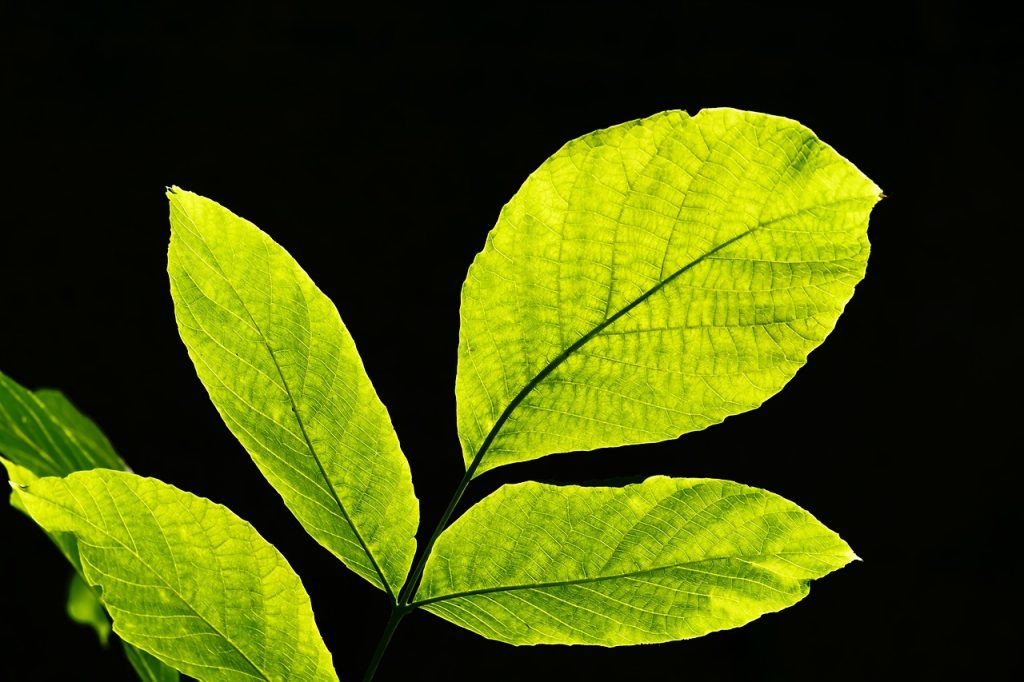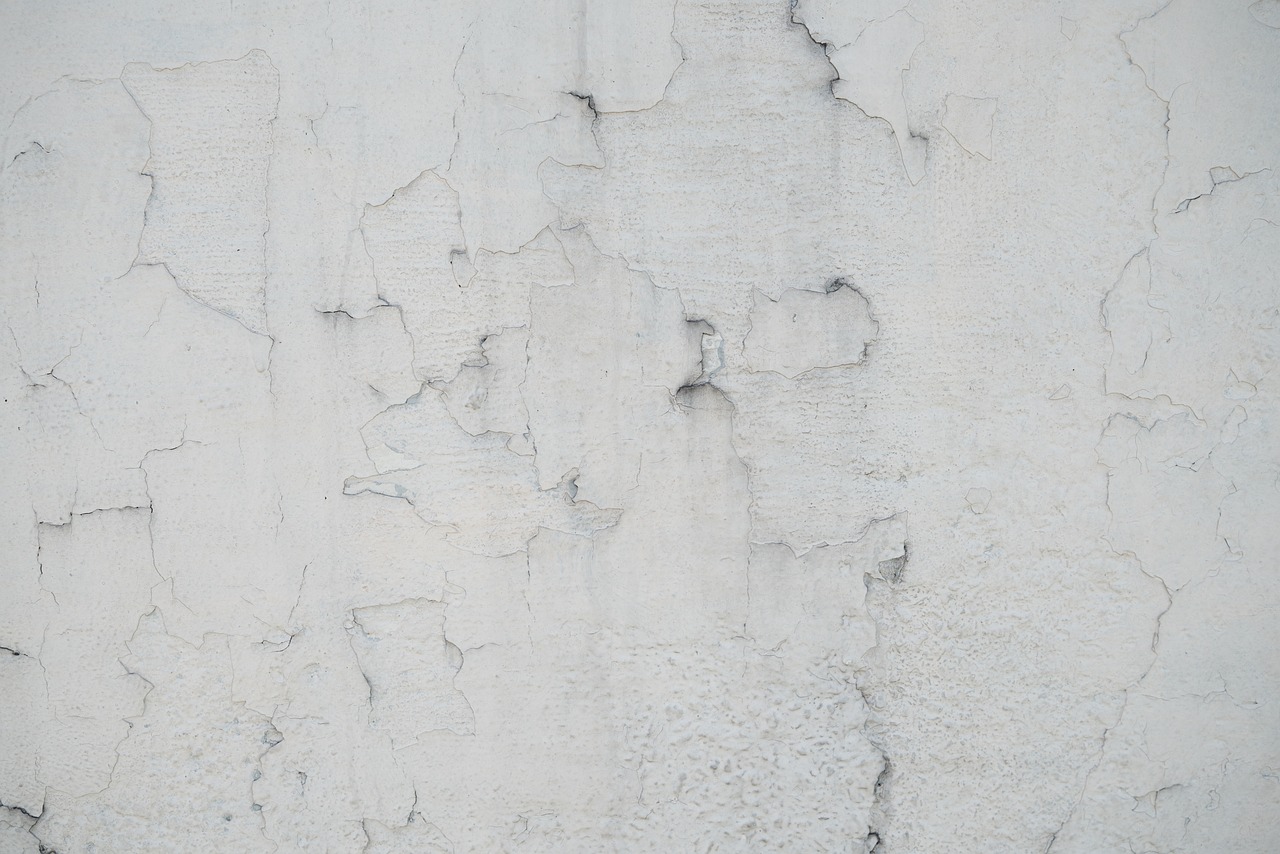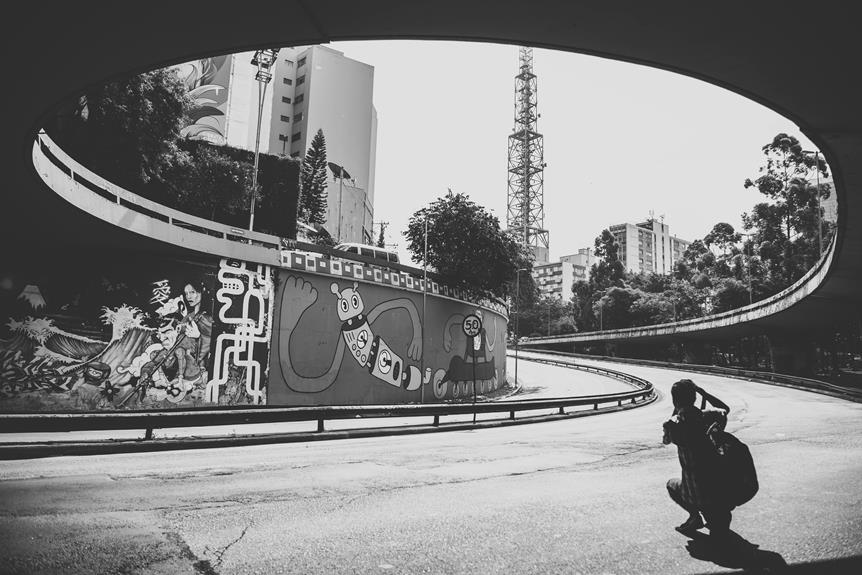Leaf Art

Engage in leaf art to fuse natural aesthetics with scientific ingenuity. Use nylon-free clay for sturdy adhesion and opt for eco-friendly materials. Focus on the intricate patterns and vibrant hues inherent in leaves. You can explore techniques like leaf pressing, stenciling, and lamination for durable creations. Projects like ghost leaves and handprint leaf turkeys teach children about plant morphology and seasonal changes. Display your work on diverse surfaces with shadow boxes or floating frames to enhance depth and detail. To uncover more about enhancing beauty and ecological significance in your art, there’s plenty more to discover.
Key Points
- Use nylon-free clay for strong, eco-friendly leaf adhesion.
- Engage kids with projects like ghost leaves and leaf people.
- Experiment with color gradients and intricate patterns using various leaf types.
- Display leaf art in shadow boxes or floating frames for depth and visual appeal.
- Create durable leaf art pieces through pressing, stenciling, and lamination techniques.
Techniques for Leaf Art
When creating leaf art, it’s important to use nylon-free clay to guarantee leaves adhere properly and securely to your chosen surface. This type of clay is environmentally friendly and ensures a strong bond. Muddy Faces offers suitable clay options that support eco-friendly practices.
Focus on incorporating elements like color, pattern, and line rather than detailed pictures. Arrange leaves to highlight natural patterns and vibrant hues. Choose various surfaces such as tarmac for unique textures and effects. This approach not only enhances the visual appeal but also provides a tactile experience.
Leaf Art for Kids
Engaging children in leaf art projects, such as creating ghost leaves, leaf people, and handprint leaf turkeys, provides a hands-on approach to learning about botanical structures and ecosystems. These activities facilitate an understanding of the morphological characteristics of leaves, such as venation patterns and pigmentation. Additionally, they foster creativity and environmental stewardship. By incorporating storytelling and nature exploration, you enhance the educational experience.
| Project Type | Educational Focus | Materials Needed |
|---|---|---|
| Ghost Leaves | Leaf anatomy and decomposition | Leaves, bleach, water |
| Leaf People | Plant morphology and creative expression | Leaves, twigs, glue |
| Handprint Turkeys | Seasonal changes and leaf diversity | Leaves, paper, paint |
Engaging in these projects not only promotes ecological awareness but also enriches scientific literacy.
DIY Leaf Projects
DIY Leaf Projects provide an innovative approach to integrating botanical elements into artistic and decorative endeavors. Techniques such as leaf pressing, stenciling, and lamination are utilized for precise and detailed results. These projects merge natural aesthetics with scientific methods, ensuring both beauty and durability in the final product.
Here are four DIY Leaf Projects:
- Leaf Garlands: Create a continuous sequence of preserved leaves for wall or mantle decoration.
- Leaf Prints: Use pigments and pressure to transfer leaf patterns onto paper or fabric.
- Leaf Mobiles: Assemble balanced structures with suspended leaves for dynamic, air-sensitive decor.
- Leaf Bookmarks: Laminate individual leaves to create durable, nature-inspired markers for books.
These projects offer an educational and eco-friendly way to explore botanical art.
Leaf Art Ideas
Expanding on DIY Leaf Projects, exploring diverse leaf art ideas offers a myriad of techniques to create intricate and environmentally conscious designs that highlight the inherent beauty and complexity of leaves.
You can experiment with color gradients by selecting leaves of varying hues, creating a visually dynamic palette. Utilize the natural venation patterns to form intricate line art, emphasizing the detailed vascular structures.
Symmetrical designs can be achieved by arranging leaves in mirrored patterns, showcasing their natural symmetry. For a more imaginative approach, craft animal shapes or nature scenes by combining different leaf types and sizes.
Incorporate sustainable materials like nylon-free clay to support eco-friendly practices. These techniques not only enhance aesthetic appeal but also educate about ecological significance.
Displaying Leaf Art
Displaying leaf art effectively requires understanding the interplay of light, color, and composition to enhance its natural beauty and intricate details.
To achieve an ideal display, consider the following:
- Surface Selection: Choose walls, tables, or outdoor locations to showcase your leaf art, ensuring the surrounding environment complements the pieces.
- Framing Techniques: Use shadow boxes or floating frames to create depth, which highlights the delicate structure and intricate patterns of the leaves.
- Grouping Strategy: Arrange multiple pieces together in a cohesive manner, creating a unified and impactful visual presentation.
- Layout Experimentation: Test different arrangements and layouts to determine the most aesthetically pleasing configuration that maximizes the visual appeal of your collection.
Frequently Asked Questions
How Do You Make Leaf Art?
First, collect diverse leaves, then press them flat. After drying, use eco-friendly clay or glue to adhere them onto a surface. Experiment with different arrangements to create unique patterns. Display your finished art creatively.
What Is the Concept of Leaf Art?
You explore the concept by arranging leaves to highlight their colors, patterns, and lines. This artistic method educates on botanical diversity, encourages environmental awareness, and fosters creativity through imaginative, nature-inspired compositions and storytelling.
What Can You Make Out of Leaves?
You can create intricate leaf garlands, detailed leaf prints, and scientifically accurate leaf mobiles. Utilize leaves for educational crafts like leaf puppets or seasonal decor such as autumn leaf mason jar candle holders, enhancing both learning and aesthetics.
Which Leaf Is Used for Leaf Art?
You’d typically use maple, oak, birch, and fern leaves for leaf art due to their unique morphologies and pigmentation. Each species offers distinct textural and chromatic properties, enhancing the intricacy and aesthetic appeal of your compositions.
Conclusion
By mastering various techniques and engaging in DIY leaf projects, you’ve gained a deep understanding of leaf art. From simple activities for kids to intricate designs, your creativity knows no bounds.
Displaying your leaf art effectively not only showcases your talent but also enhances your space with natural beauty. Keep experimenting with different ideas and materials, and you’ll continue to evolve as an artist, merging scientific precision with artistic expression.
Author: Victoria Williams

